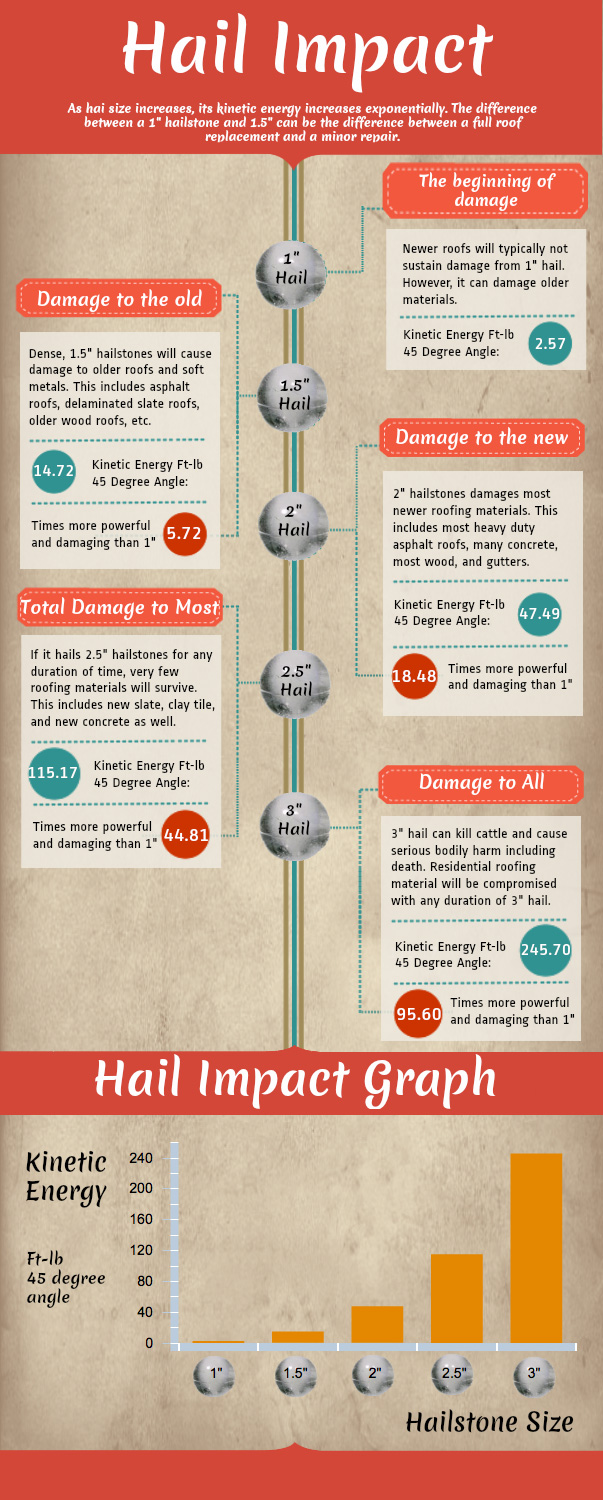A Guide To Estimating The Expense Of Roof Installment
A Guide To Estimating The Expense Of Roof Installment
Blog Article
Short Article Created By-Cervantes Joseph
When it comes to the cost of roof covering setup, you could be amazed by the multitude of aspects that can affect the final costs. From the dimension and pitch of your roofing system to the products chosen, each decision contributes in establishing the total expenditures. But that's simply the start. There are various other crucial facets that can considerably guide the last cost. Recognizing these nuances will provide you a clearer image of what to expect when starting a roofing installment task.
Aspects Affecting Roofing System Setup Expenses
When determining the expense of roofing system installation, numerous vital factors enter play. First of all, the dimension and pitch of your roof dramatically impact the overall expense. A larger roof covering with a steeper pitch will require more materials and labor, hence driving up the expenditures.
Secondly, the kind of roofing product you choose is an important aspect. Products like asphalt tiles are more budget-friendly, while premium alternatives like metal or slate can be significantly extra expensive.
In addition, the condition of your existing roofing system and any type of needed fixings or primary job can affect the final expense. If there's substantial damages or structural concerns that need addressing, it will certainly contribute to the general cost.
Furthermore, your area can additionally influence the cost, as labor rates and material prices can differ relying on where you're situated. By taking into consideration these variables, you can much better approximate the cost of your roof covering installment and plan your spending plan appropriately.
Average Price Break Down by Material
Considering the typical price break down by material is crucial when preparing for your roofing system installment project. The product you pick for your roof dramatically impacts the overall cost. Typically, asphalt tiles are the most common and affordable choice, ranging from $1.50 to $5.50 per square foot.
If you choose steel roofing, expect to pay in between $5.00 to $12.00 per square foot, making it an extra durable yet more expensive option. https://www.openpr.com/news/2325963/market-research-survey-on-liquid-roofing-analysis-trends-2025 can cost anywhere from $6.50 to $11.00 per square foot, using a natural and cosmetically pleasing appearance.
For those thinking about a costs choice, slate roof can range from $10.00 to $75.00 per square foot because of its sophistication and longevity. Finally, clay tiles are a popular choice, valued between $10.00 to $18.00 per square foot, recognized for their toughness and distinctive look.
Comprehending these ordinary expenses by product will assist you make an informed choice based upon your budget plan and preferred appearances.
Additional Expenses to Think About
To ensure an extensive understanding of the overall costs entailed, it's important to factor in additional expenses when planning for your roof covering installation job. Beyond the raw materials and labor prices, there are numerous other costs that you should take into consideration.
One substantial extra cost is the elimination and disposal of your old roofing. Depending upon the product and size of your existing roof covering, this procedure can include in the overall cost of the setup.
An additional expense to remember is the potential structural repair work that may be required before the brand-new roof can be mounted. Problems such as harmed decking or rotten trusses can intensify the job's expense.
Additionally, if your roofing calls for any kind of unique devices like cranes or scaffolding for accessibility, these rental costs must be factored in too.
https://roll-roofing39493.bloggerchest.com/30169614/the-essential-nature-of-quick-roofing-system-upkeep-shielding-versus-expensive-damages but not least, don't forget about licenses and assessments, which are critical for making sure that your new roofing system fulfills building ordinance and policies.
Conclusion
So there you have it - when planning for a roof covering installation, make sure to consider the dimension, pitch, sort of product, and place of your roofing system.
Don't ignore added costs like getting rid of the old roofing, repair work, tools leasing, and permits.
By taking all these factors into account, you can much better estimate and budget for a successful roofing system installment job.
